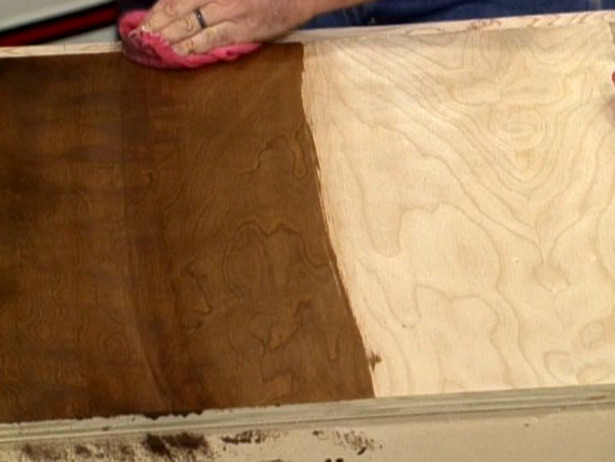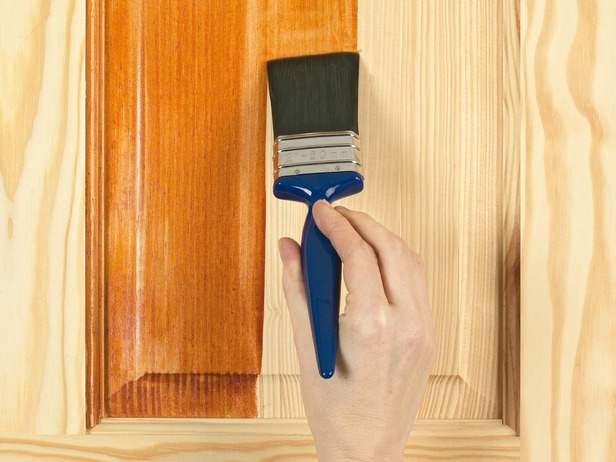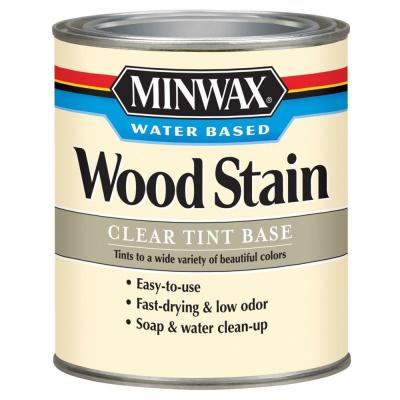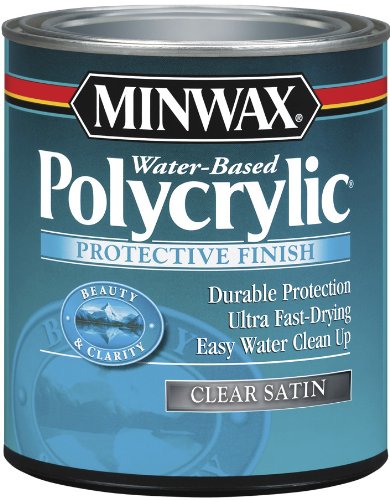So, the bed project is rounding the clubhouse turn, and it’s time to start thinking finish. So, I need to start thinking about my options when it comes to finish, and it’s looking a little bit like I know where I am headed.
You see, my first thought was to paint the bed – perhaps something like a milk paint or some kind of acrylic that would be tough, durable and would make the piece look more unified. I have used paint several times, and since this project is mostly plywood, I wasn’t going to have too much heartburn going that route. It has served me well on utility projects for years.
But, then, a funny thing happened on the way to that decision. Rhonda decided that perhaps we didn’t want to paint the piece. She is now leaning toward applying a stain or dye and then using a finish over that.
Now, I’m not a big one for the stain. However, I do have to say that getting the piece to match the rest of the furniture in the room color wise wouldn’t be a terrible idea. I’m dealing with a plywood project, so this isn’t some outstanding piece of curly maple that I could ruin. I know that stains are made of pigments that are ground up and suspended in a solvent, embedding in the small nooks and crannies of the wood.
We could also conceivably go with a dye. These babies have the color as a liquid – a lot like what clothes are colored with – allowing them to be more transparent. They can be a little tricky to apply, so I’m not sure I want to go that route.
Oh, by the way, now that I’m this far into the post, I should also let you know that I have already assembled the bed – inside my bedroom. Which means that traditional oil-based stains and dyes are going to be right out. I need this bed to dry fast and without choking fumes that will leave me out on the couch for days.
Nice challenge, right?
That means I’m probably going to have to go with something like a water-based stain. The cool thing about this is that it can be tinted at the local home improvement center paint counter, which means I can bring in a drawer from an existing piece of furniture and have them match the color exactly.
The same issue goes for my topcoat, which – as far as I can tell – the best option is to go with a water-based finish. I know the science behind these babies has changed tremendously over the past ten years, and they are becoming a lot easier to apply and more resistant to abuse. Plus, they dry fast and they don’t stink, two huge pluses as far as I am concerned.
How well will this work? Not entirely sure. This will be my first crack at using products like these, so I’l be testing and letting you know how well they work.
So far, the bed has been an easy build. I hope that the finish goes as smoothly as the build.
But, if it doesn’t, there’s always paint!






I’ll be interested on how this project turns out. I just used polycrylic for the first time on some trimwork and love it. Easy cleanup, very little smell, and dries fast — you can be done with all the coats in a day. The only downside is the higher cost and incompatibility with a few oil stains. I’ve heard that it can leave more brush marks, and I can see why that might be the case as it’s practically dry by the time you get from one end of a piece of trim to another, but I didn’t have any issues.
I haven’t found a source yet for the following info, but my dad tells me the finishes (satin, semi-gloss, and gloss) in water based polycrylic are all at least as hard if not harder than gloss polyurethane.
I still used an oil based stain though because the choices just don’t seem to be there yet and I was hesitant to go the tinting option.